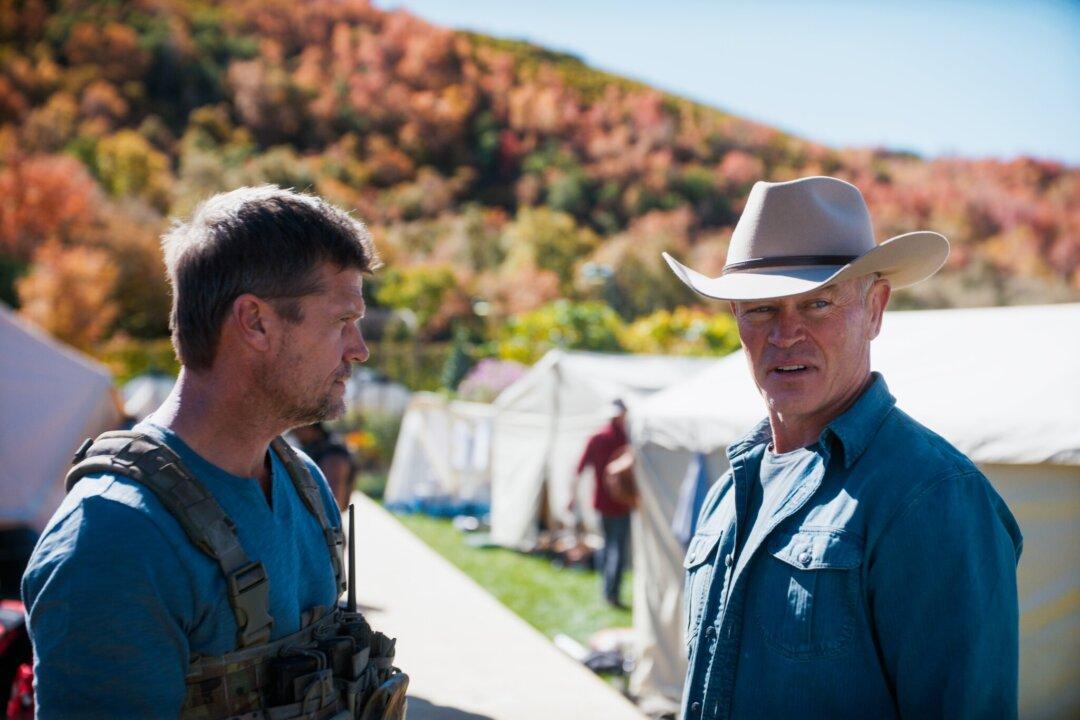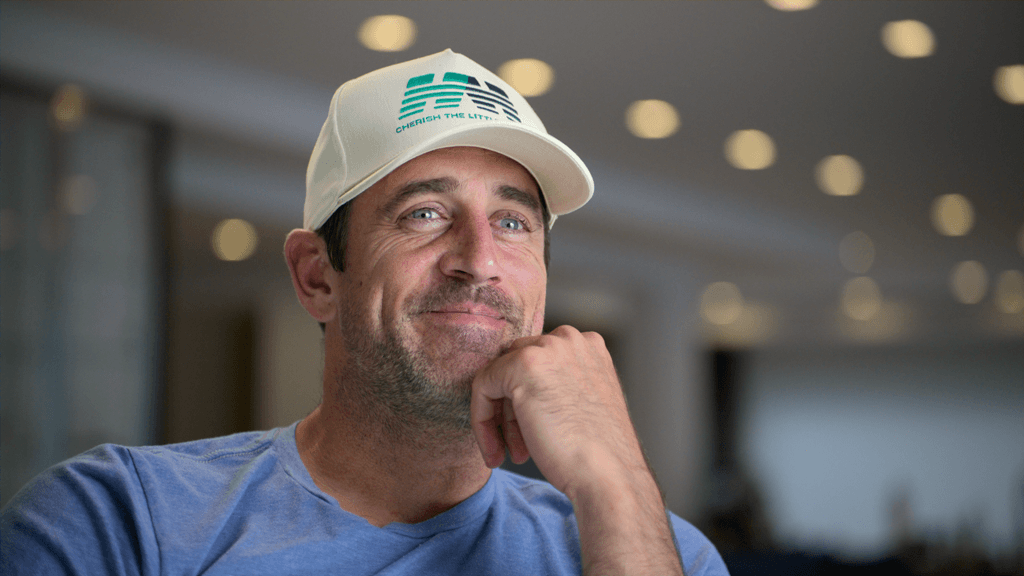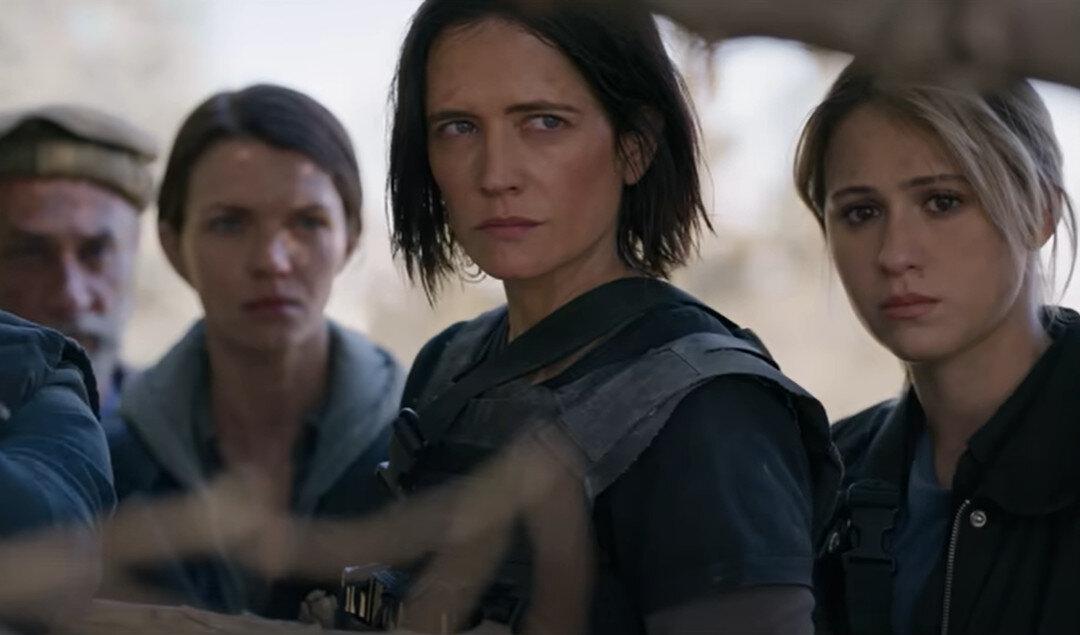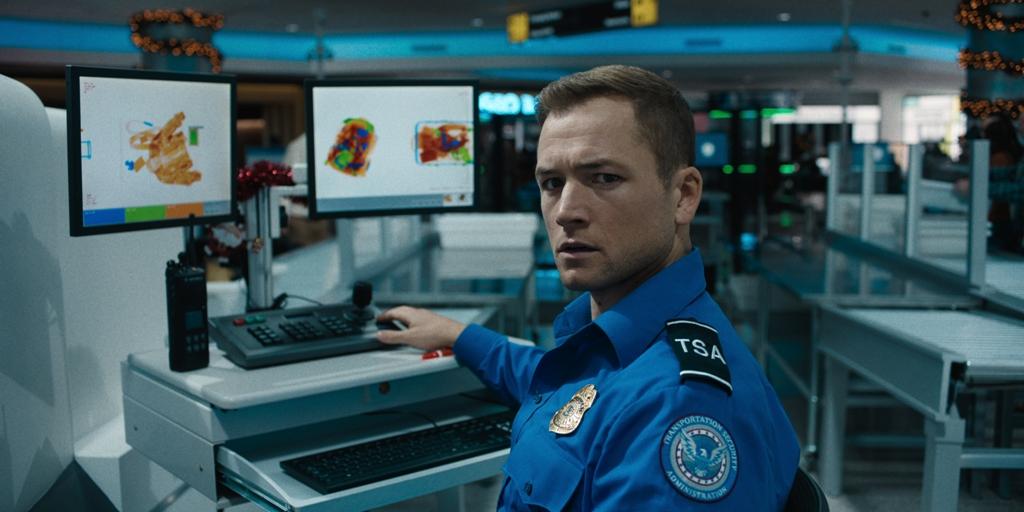On paper, the HBO documentary “Adrienne” shouldn’t work. It was made by someone (Andy Ostroy) who isn’t a filmmaker about another (Adrienne Shelly) who was, albeit not for very long.
Unlike almost all documentarians, Ostroy is a principal participant in the story of his subject and never once attempts to appear unbiased or emotionally detached. Had he done otherwise this film would have played out like a contemptible and ghoulish cash-in.
On Nov. 1, 2006, Ostroy discovered the dead body of his wife Adrienne Shelly in her New York office, a death the NYPD quickly determined to be a suicide by hanging. Thoroughly convinced Shelly did not kill herself, Ostroy pressed the police into investigating further and within a week, her death was ruled a homicide by strangulation and not long after a suspect was apprehended.

How to Say She’s Gone
Arguably, the biggest challenge facing Ostroy was just how he was going to tell his 2-year-old daughter Sophie that her mother was gone. Rather than tiptoe around the issue, or worse, telling Sophie just how Shelly died, he simply told her that her mom’s body stopped working and she would not be returning. There would be enough time in the future for Ostroy to go into further detail regarding Shelly’s passing that would allow Sophie to have as much of a normal childhood as possible.At times bearing a strong resemblance to younger versions of Rosanna Arquette and Lauren Holly, Queens-native Shelly was a film studies major at Boston University before quitting after her junior year to pursue an acting career back in New York.
‘It’ Wasn’t Enough
By this point in her young career Shelly realized she wasn’t interested in merely acting in films; she wanted to write, direct (and occasionally act in) her own movies.However, this was during a time when, as arcane as it sounds now, women were given little to no opportunity to work behind the camera.

For the next hour of “Adrienne,” Ostroy bounces back and forth (in a good way) between Shelly’s struggle to be taken seriously as a filmmaker, his increasingly complex relationship with Sophie, and the legal proceedings involving his wife’s murderer.
A Few Bumps in the Road
The first comes with a series of animated recreations of years’ old private conversations between father and daughter. Based on what is presented, these interactions were verbatim transcripts Ostroy made as they occurred which lends them powerful authenticity. But one has to wonder what kind of effect this might have had on the now teenage Sophie who, as we discern through additional present day interviews, isn’t real keen on publicly revealing her innermost feelings regarding her mother’s passing.The second of Ostroy’s questionable gambles involves an interview he conducts near the end of the movie which serves no useful purpose beyond quenching his own gnawing curiosity.
The Wonder of ‘Waitress’
Written while Shelly was pregnant with Sophie, “Waitress” is set in an unspecified sleepy Southern town and focuses on the lives of three waitresses working at a diner specializing in the homemade pies made by lead character Jenna (Keri Russell).Suggesting an edgier, semi-Southern gothic hybrid of “Alice Doesn’t Live Here Anymore” and “Fried Green Tomatoes,” “Waitress” finds Shelly delicately balancing the sweet and the tart (both literally and figuratively) and it is an amazing examination of the human condition.
Co-starring Cheryl Hines, Jeremy Sisto, Nathan Fillion, a cantankerous but loveable Andy Griffith, and Shelly herself as the mousy, insecure Dawn, it is ensemble acting at its most sublime and understated which refuses to soften its rougher edges. It also includes the toddler Sophie in a final scene cameo.

Shelly had completed post-production on “Waitress” prior to her death and before its glorious debut at the Sundance Film Festival and its eventual acquisition by Fox Searchlight. She never experienced its success and influence, or its reworking into a long-running, smash hit Broadway musical. She would also never witness her daughter burgeon into graceful young womanhood.
We lose people prematurely every day for all the wrong reasons, but their plights generally escape the notice of the public. When a celebrity dies, everyone knows about it. Some of these folks die by their own hand, some in accidents, but few depart under the type of pointless, violent circumstances as Shelly. This was a person closer to the start of her creative and personal paths than the end, and she has since become a figure forever frozen in time.
Ostroy’s loving homage to his late wife, even with its few flaws, reminds us that we all need to live in the moment and strive for greatness with each breath we take.
Adrienne Shelly experienced every day to its absolute fullest and continues to be an inspiration to everyone who knew and didn’t know her.





